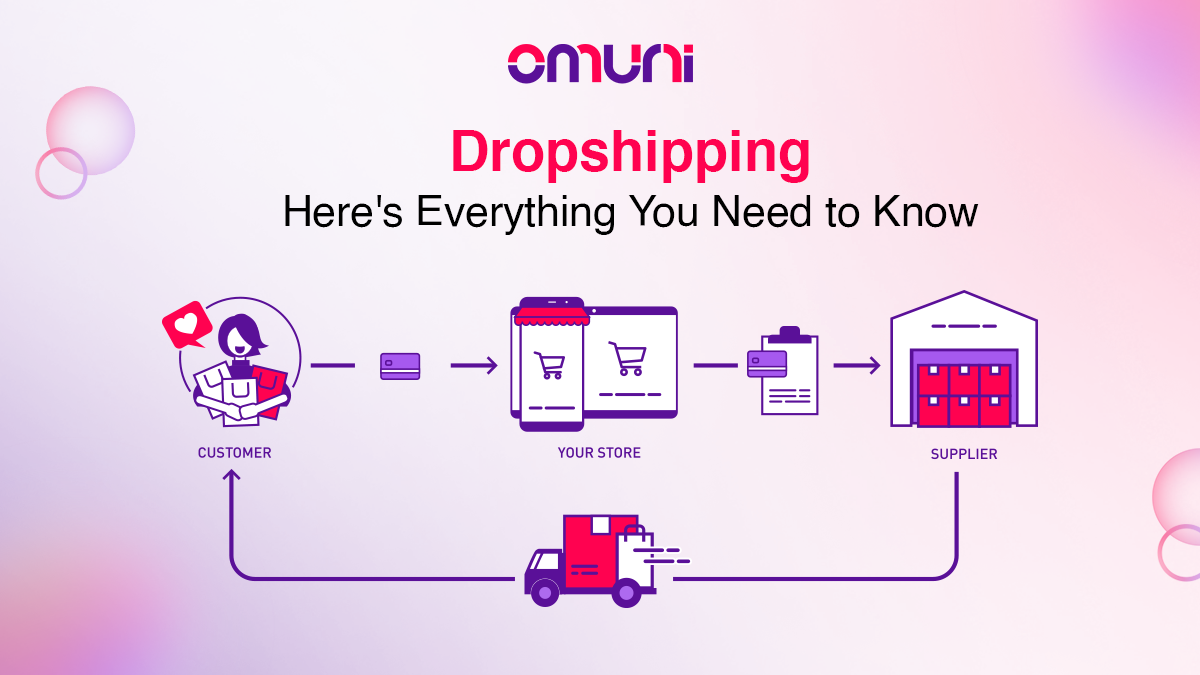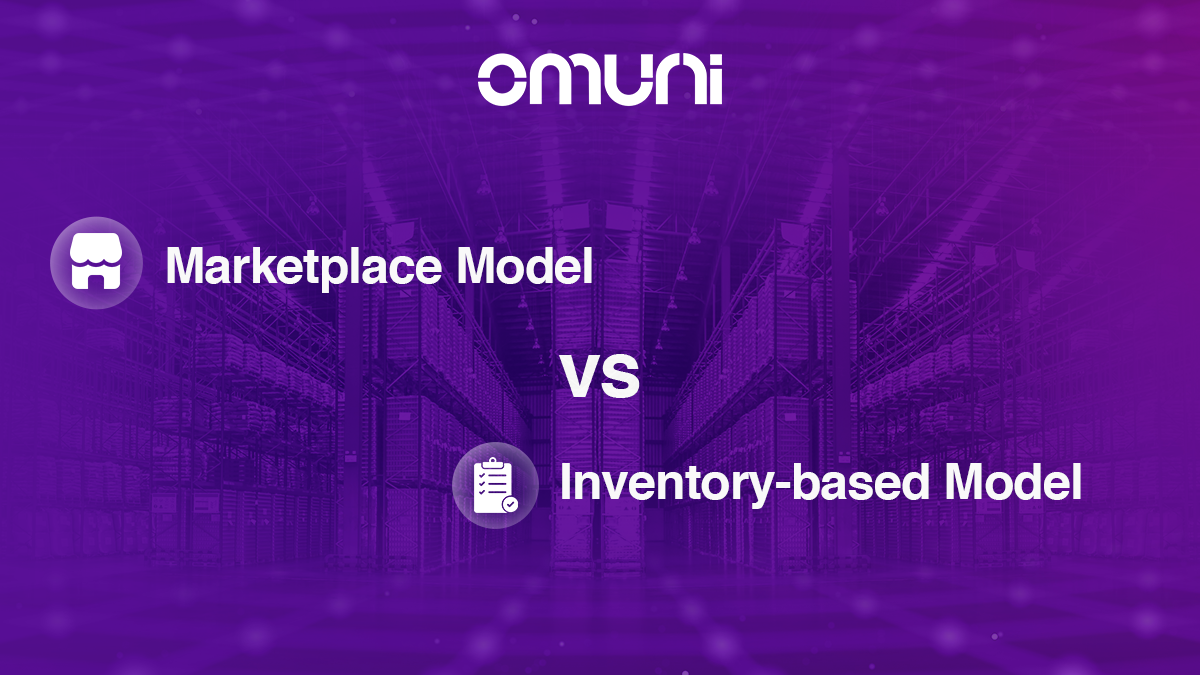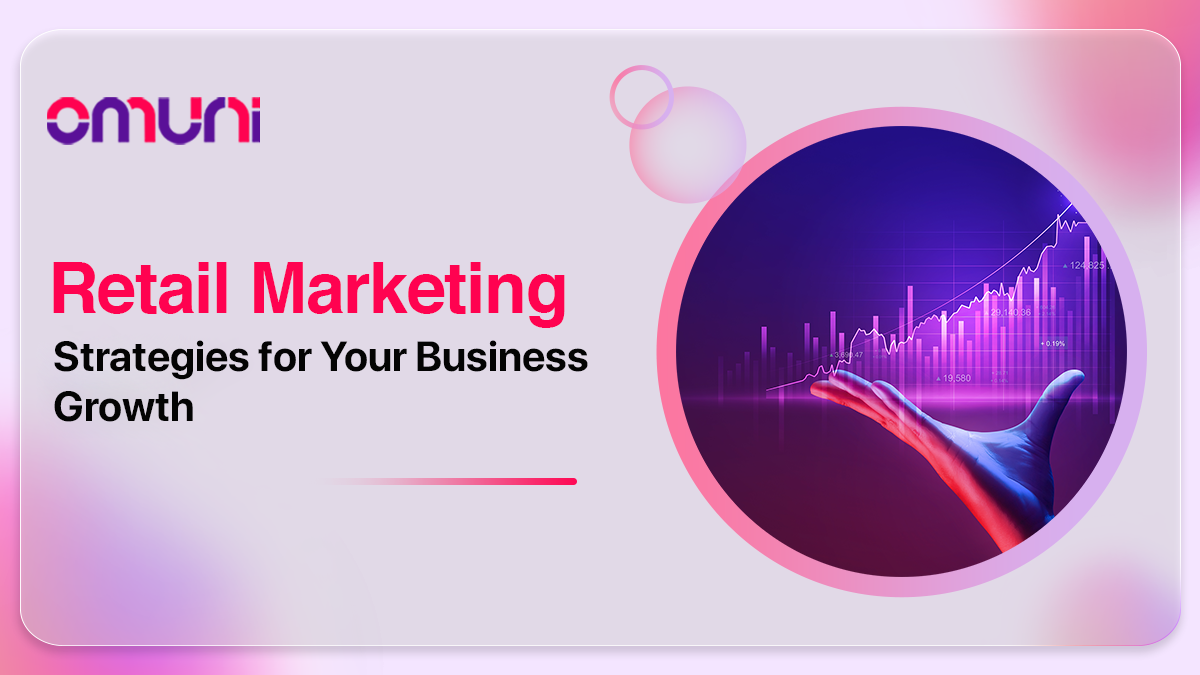How to Build an eCommerce Store: Seven Easy Steps to Follow
Do you run a retail business and wish to start selling online? Are you a manufacturer and wish to sell your products directly to your customers? Then you definitely need an excellent e-commerce store to be successful.
Today, e-commerce stores have become one of the most sought-after sales channels to start selling. With relatively low upfront costs, building an e-commerce store is far easier to set up than a brick-and-mortar store. According to a report, e-commerce stores require 50% fewer upfront costs and cost 80% lesser to operate than traditional stores.
Furthermore, as the number of online shoppers increases, more and more customers are shopping at e-commerce stores. According to a report, India’s e-commerce market will reach $170 billion by 2027.
Therefore, an e-commerce store will significantly add value to your business if you aim to improve sales or target a new niche.
7 Steps to Build an eCommerce Store
In this article, you will learn eight simple steps so that you can start your own e-commerce store and turn your dreams into reality!

#1- Pick a Niche and Define Your Target Audience
The first step towards starting an e-commerce store is exploring a niche product or market you want to serve. Another important thing is to identify your target audience and sell what interests them.
While choosing your niche market, focusing on your passion, business exclusivity, and overall profitability is important. This can only be done if you do a lot of market research and find out what your target audience needs.
You can start by putting ideas together, like what you want to sell, unique selling propositions, calculating investment, etc. You must also focus on other details like supply chain management, pricing, shipping methods, etc., before making an actual investment.
#2- Choose an eCommerce Platform
An e-commerce platform is your gateway to selling your products quickly and efficiently. An e-commerce platform allows you to build and manage your online store without hiring dedicated personnel.
There are many popular e-commerce platforms, such as Shopify, Squarespace, BigCommerce, WooCommerce, etc. Before finalizing any platform, it is important to consider your requirements, like how many products you want to sell, your budget, must-have features for your website, technology integrations, scalability features, etc.
Always keep in mind the scalability of your business and how convenient it would be for you to bring it to the next level.
#3- Build Your eCommerce Store
Once you have finalized your e-commerce platform, the next step is to build your website on that platform. Here, the focus should be on making a website that is easy to use and has all the elements that make it easy to navigate.
There’s a reason why major e-commerce websites look the same, this is because that helps customers to navigate and explore the website easily. Therefore, you should create your website using pre-designed templates and focus on customizing the style, look, feel, colors, layout, and placement of elements.
You should avoid cluttering your website, use call-to-action buttons wherever necessary, and use high-quality photos and videos to give it a clutter-free and minimalistic look. Your e-commerce store should look welcoming and not confuse customers with too much information.
#4- Add Products to Your eCommerce Store
Once your e-commerce store is built, you will need to add products. The product pages on your e-commerce store are very critical as they display what you, as a business, want your customers to buy.
It is important to display your products in the best way possible so they are easily searchable on the website. Use meta descriptions, tags, product descriptions, videos, images, filters, etc., for every product you add to the website. Also include information about colors, sizing, variants, and product IDs so that customers can easily navigate back to the product.
#5- Set Up E-commerce Features
This is a very crucial step while building your e-commerce store, as this is the part that will set you apart from your competition. Here, you will create a customer journey map to evaluate the customers’ experience with your brand once they log in to your e-commerce store.
This step focuses on creating a seamless end-to-end journey for your customers, from product discovery to checkout. Delivering a great customer journey will focus on providing personalized experiences to your customers by gathering their data, displaying real-time inventory to increase the width and depth of your product assortment, providing options to sell on social media like Facebook, Instagram, and WhatsApp, powering omnichannel journeys like BOPIS, BORIS, BOSS, hyperlocal, etc., enabling check out options like offsite payment, onsite payment, credit/debit/UPI payment options, and much more.
This is possible by partnering with an omnichannel provider like Omuni that empowers you to deliver world-class customer journeys and enables your e-commerce business to scale.
<Deliver world-class customer journeys today: Schedule Demo | Omuni>
#6- Set Up Shipping and Logistics
Today, same-day and next-day delivery have become a norm, and customers expect quick delivery of any product they order online. Therefore, it is very critical for the success of your e-commerce store to provide quick delivery options to meet your customer’s expectations.
This is where fulfillment platforms like Omuni offer hyper-local, same-day, and next-day shipping options. However, if you do not have bulk orders and process a few orders daily, managing your own fulfillment in the early stages makes sense.
Delivery experiences can make or break customer relationships with your e-commerce store and eat into your profits. Therefore, looking for reliable shipping aggregators with the lowest logistics costs and shipping times is important.
#7- Market Your E-commerce Store
Once your e-commerce site is up and running, you need to create a buzz around it so that customers can visit and shop at your store. The kind of marketing you would follow depends mainly on your product, target market, and budget.
There’s no one way to market your business, and you need to try and see what works best for your brand. There are many ways you can promote your e-commerce store:
- Develop an SEO (search engine optimization) strategy
- Build a presence on social media platforms like Facebook, Instagram, Whatsapp, etc.
- Do influencer marketing to promote your brand
- Online advertising on Google Ads or Facebook Ads
- Build word of mouth
- Email Marketing
Conclusion
Today, the e-commerce market is growing more and more every day and attracting new customers from all walks of life. Also, there are a plethora of world-class e-commerce technologies that help you build and scale your e-commerce store efficiently.
It is easily the best time to get into the online business, and following the above-mentioned steps will help you build an e-commerce store from scratch and guide you to create a successful one.
Frequently Asked Questions (FAQs)
There are many platforms to start an e-commerce store for free, but you have to pay to avail some of the features that are essential for your business.
The three types of e-commerce are:
1- B2B – Here, the transactions occur between business to business
2- B2C – Here, the transactions occur between business and consumer
3- C2C – Here, the transactions occur between the consumer and to consumer
The top five must-have features of an e-commerce store are:
1- It should have a user-friendly interface and design
2- It should offer multiple payment options
3- It should have visual merchandising and extensive product information
4- It should offer customer support services
5- It should have mobile phone compatibility



